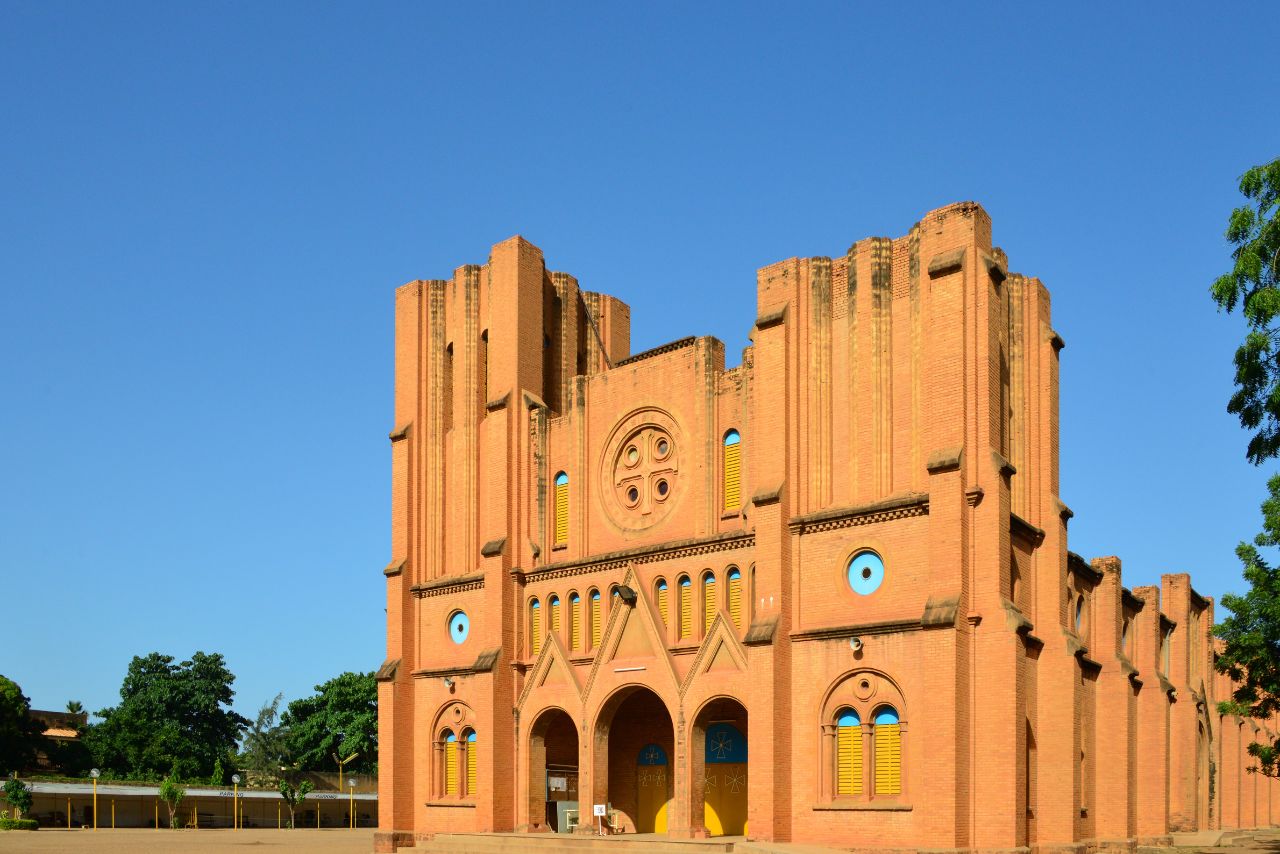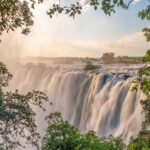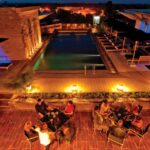Burkina Faso is a country that takes pride in its creativity and community spirit. It is often called the Land of Honest People.
Its capital, Ouagadougou, is a lively cultural center where art, music, and tradition blend beautifully.
The city celebrates its identity through colorful markets, impressive architecture, and festivals that unite people from across Africa. Every corner of Ouagadougou feels like a stage where creativity thrives.
For travelers, Ouagadougou offers a perfect mix of history, culture, and local life. This city guide highlights the best things to do in Ouagadougou.
Ouagadougou promises an unforgettable journey into the heart of West African art and culture.
Art and Culture
The Grand Marché

Photo source: philippe-crochet
At the heart of Ouagadougou lies the vibrant Grand Marché (Central Market).
Stalls stretch in every direction. You’ll find vivid wax-print fabrics, spices piled high, fresh produce, handbags, and local snacks.
Vendors laugh, haggle, and greet you. Visiting the Grand Marché gives you a sense of daily life in the city; loud, warm, and chaotic in the best way.
Come prepared: carry small notes, be ready to bargain, move slowly and soak in the colors and smells. It’s affordable, it’s real, and it feels like being part of a living tapestry.
Artisan Markets
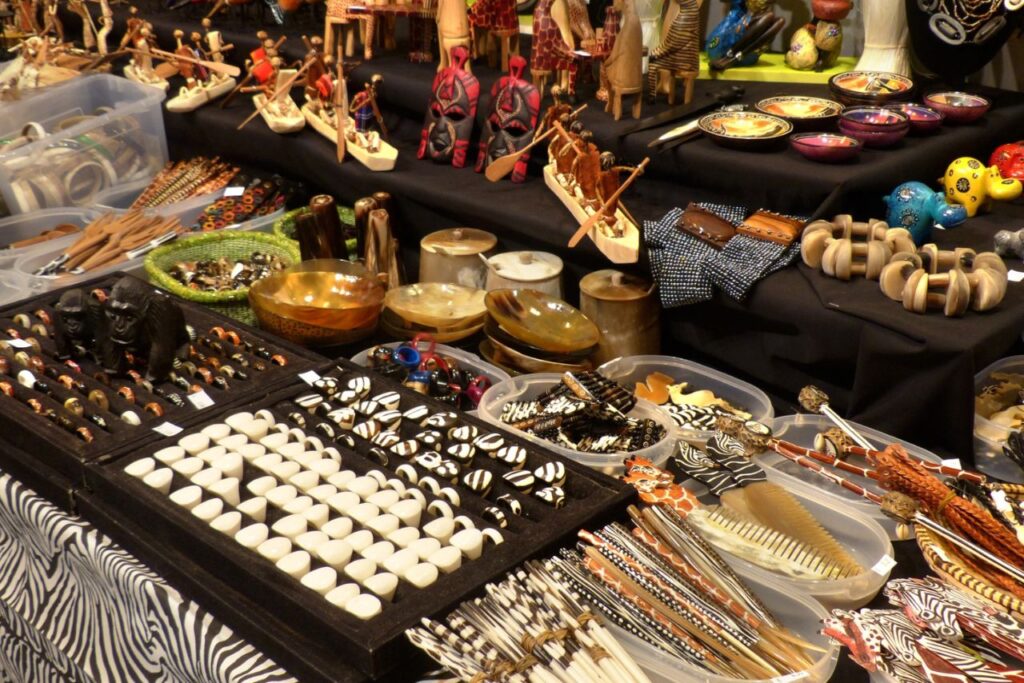
Photo source: tripspoint
Just a short rickshaw or taxi ride away is the Artisan Markets, especially the Village Artisanal de Ouagadougou on Boulevard des Tensoba. The city is full of art.
Here artisans cast bronze, carve wood, stitch leather bags, and weave textiles. You can watch them work while you chat and choose a piece you’ll remember.
The prices are fair when you buy direct, and buying here supports local craft.
Stay a while, ask about technique, and ask the maker for a small demonstration. It’s part shopping, part cultural connection.
And don’t forget to get a Bobo mask!
READ ALSO: Niamey Travel Guide (Niger): Life by the Niger River & Desert Adventures
Ouagadougou Cathedral

The Ouagadougou Cathedral (Cathedral of the Immaculate Conception) stands as a red-brick landmark from the 1930s. Built in 1936, it reflects the city’s Catholic heritage.
Inside is cool and quiet, a contrast to the buzz outside. You can light a candle, sit awhile, and reflect. It’s easy to visit, and it reminds you how multiple religions shape this city’s identity.
The Grand Mosquée (Central Mosque)
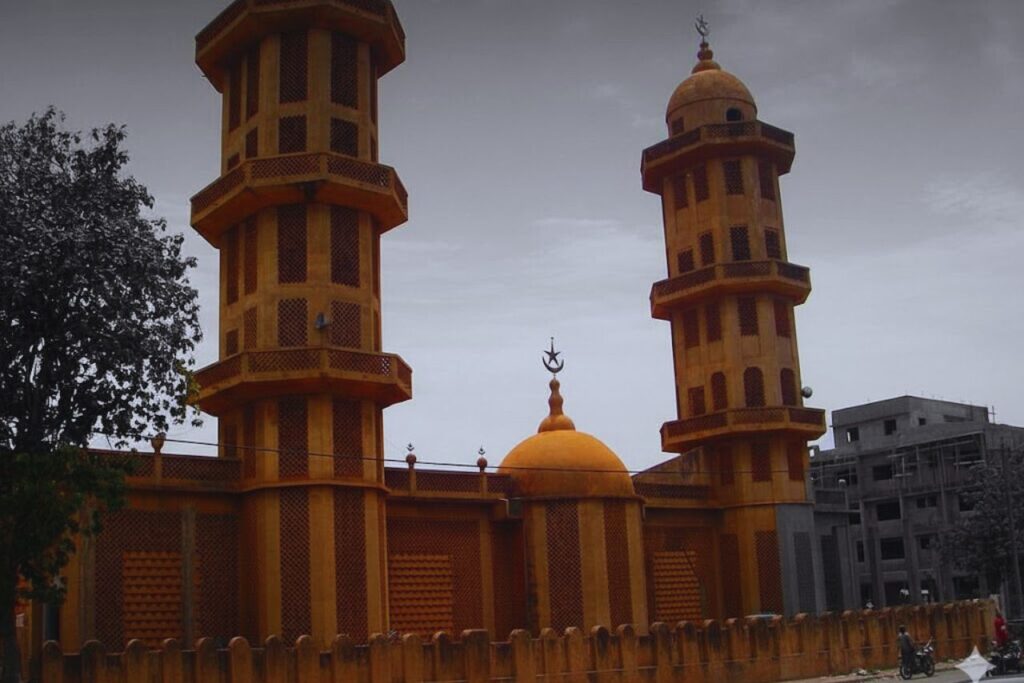
The city’s principal mosque, often simply called the Grand Mosquée de Ouagadougou, presents striking mud-brick architecture in the Sudanese-Sahelian style. It rises above the surrounding cityscape.
When you approach, dress modestly and cover your shoulders and knees. Enter only if permitted.
Outside, you can gaze at the tall minarets, feel the breeze off the ochre walls, and sense the deep spiritual tradition that anchors this place.
The Monument of National Heroes
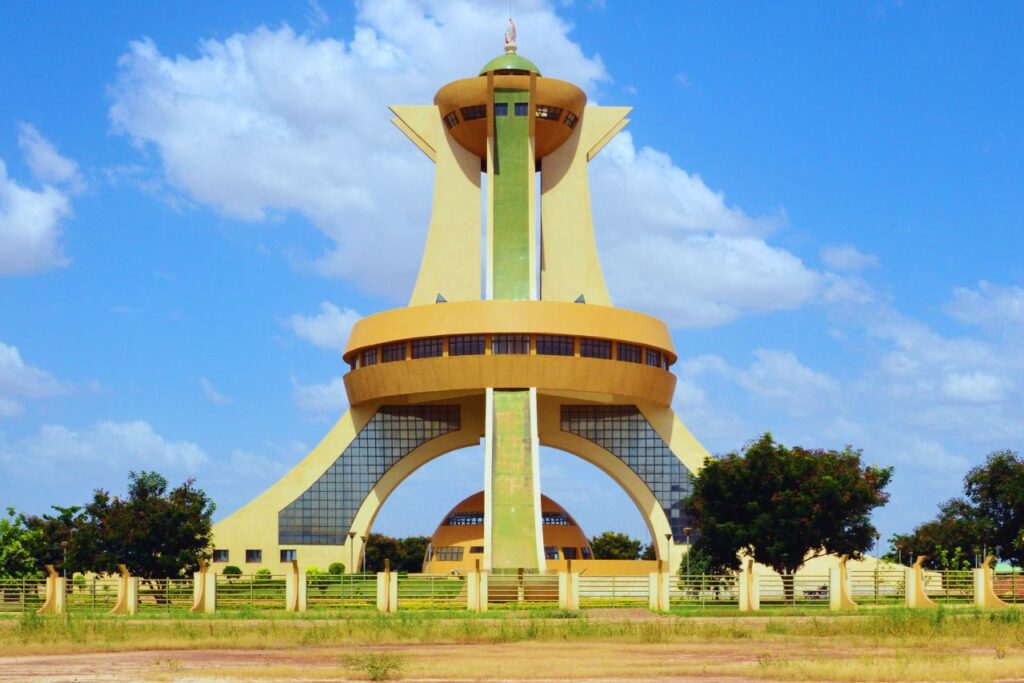
In the district of Ouaga 2000 (the richest neighborhood in Ouagadougou) stands the dramatic Monument of National Heroes.
Rising some 55 meters high, it honors those who have sacrificed for Burkina Faso’s independence, unity and democracy.
Visit near sunset for softer light.
Walk the base, read the plaques, and understand the symbolism: one calabash turned down (burial of heroes) and one turned up (brotherhood and renewal).
This is more than a photo stop; it’s a quiet reminder of the resilience of a nation.
READ ALSO: Bissau Travel Guide (Guinea-Bissau): Islands, Culture & Local Life
Church Église de Dapoya
In the neighborhood of Dapoya you’ll find the historic church known as Église de Dapoya.
It is considered one of the oldest parishes in the Archdiocese of Ouagadougou and has a long history within the local community.
It shows another face of Ouaga, its Christian traditions and local community life.
Walking through nearby streets you’ll glimpse daily routines: children in school uniforms, elders chatting on benches, incense drifting from behind a door.
House of the People

Photo source: researchgate
The Maison du Peuple, also known as the House of the People, is one of Ouagadougou’s most iconic landmarks and a proud symbol of Burkina Faso’s creative energy.
Built in the 1960s by French architect René Faublée, this massive concrete structure stands as a masterpiece of West African modernist architecture.
Its bold, geometric design and sweeping roofline give it an unmistakable presence in the city’s skyline.
Today, the Maison du Peuple continues to host concerts, theater performances, film screenings, and national celebrations, keeping its founding spirit alive.
With seating for more than 2,000 people, it serves as one of the city’s largest and most dynamic cultural venues.
Beyond its architectural significance, the building represents unity, artistic freedom, and the enduring pride of the Burkinabé people.
Recognized by the World Monuments Fund for its cultural importance, the Maison du Peuple remains an essential stop for anyone wanting to experience Ouagadougou’s living art and music scene.
Museums
The National Museum (Musée National du Burkina Faso)
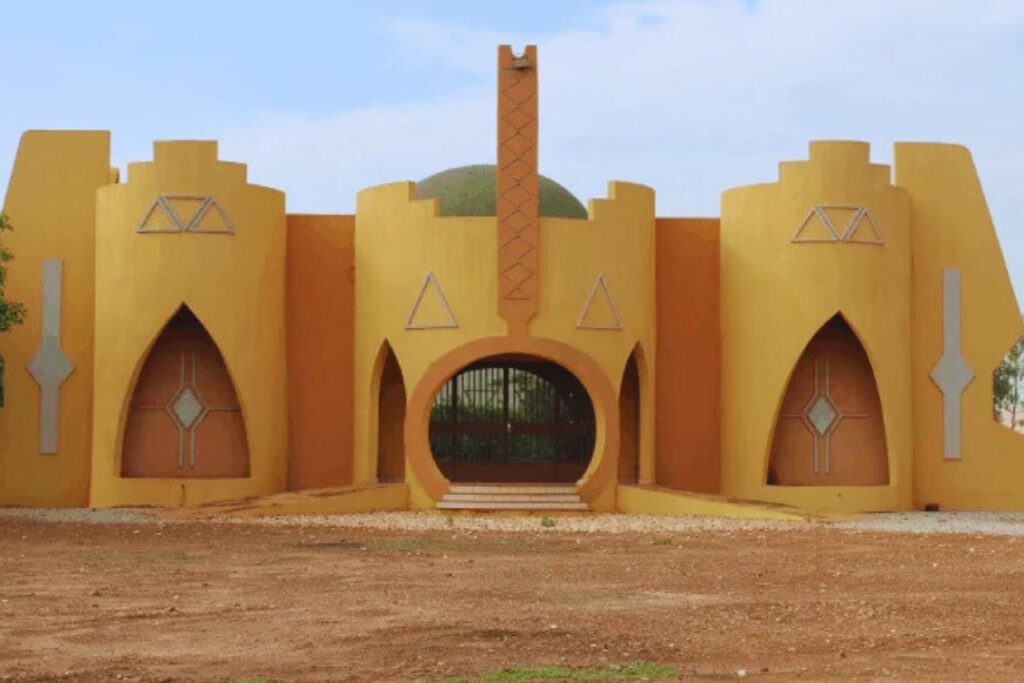
Photo source: momaa.org
Located at the end of Boulevard Thomas Sankara, the Musée National du Burkina Faso occupies a 29-hectare site.
Inside you’ll find masks, statues, pottery, tools, and textiles from Burkina’s many ethnic groups. Entry for non-nationals is about 2,000 CFA.
It gives you historical grounding; you see how traditions evolved and how the past informs the present. Spend at least an hour. The museum grounds themselves are worth the walk, especially under the open skies.
The Musical Instrument Museum (Musée de la Musique)
Just off Avenue Oubritenga, near Lycée Philippe Zinda Kabore, lies the Musée de la Musique (also called Musée Georges Ouédraogo).
This beautifully designed building holds hundreds of traditional instruments from across Burkina Faso: drums, flutes, koras, and balafons.
Guides offer live demonstrations and you’ll hear the actual sounds. Entry is modest: around 1,000 CFA for non-nationals.
A wonderful stop for anyone who loves music or who wants to understand how sound shapes cultural memory here.
READ ALSO: Cotonou Travel Guide (Benin): Gateway to Ouidah & Cultural Tours
Park Urbain Bangr-Weoogo
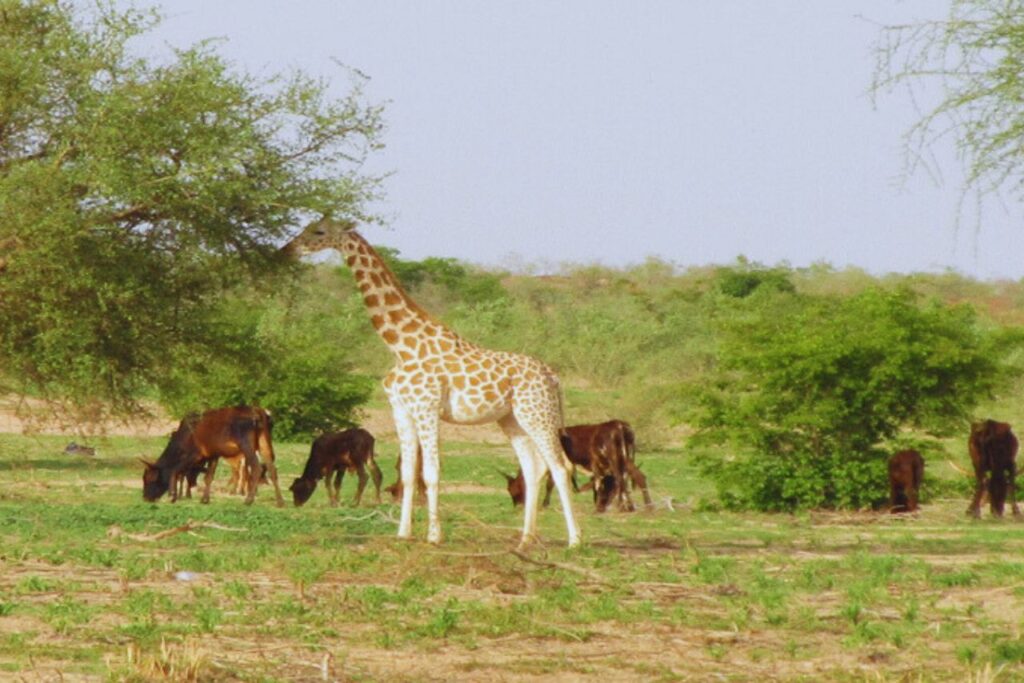
Photo source: tripinafrica
Escape the city bustle for a while at the Parc Urbain Bangr‑Weoogo, often called “the forest of knowledge” (in Mooré).
Located inside Ouagadougou, the park spans around 240 hectares.
Walk its dusty trails, breathe the fresh air, and see peacocks, birds, small antelopes, and shaded benches.
You’ll find locals jogging, having picnics, and kids on bikes.
There’s a quiet café and a small nature museum inside.
Visit early, take water, and wear comfortable shoes. The beat slows here, and you’ll appreciate that change of pace.
Festivals on the Global Stage
FESPACO: The Pan-African Film and Television Festival

Photo source: discover-burkinafaso
Every odd-numbered year, Ouagadougou hosts the FESPACO, the largest film festival in Africa devoted to African cinema. It began in 1969.
During FESPACO the city pulses with screenings, red carpets, and filmmakers from across the continent. The prize? The Étalon d’or de Yennenga (Golden Stallion of Yennenga).
Visit during the festival to feel the heartbeat of African storytelling alive in public view. The 2025 edition featured major film-market activities.
SIAO: The International Arts and Crafts Fair
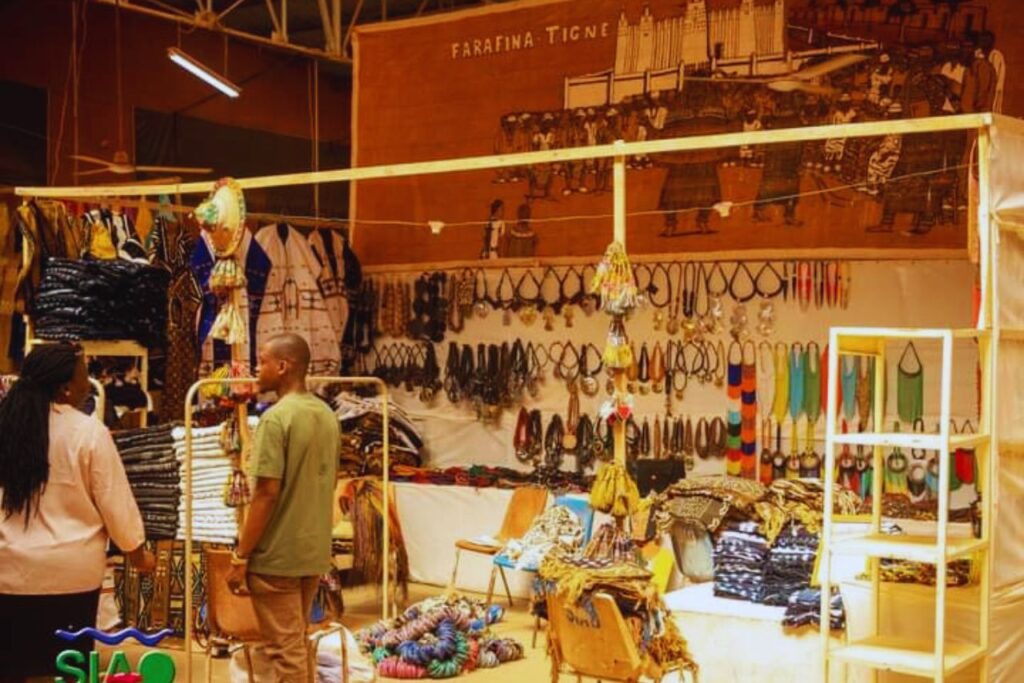
Photo source: lexpressdufaso-bf
In the even years you’ll want to be here for the SIAO, the Salon International de l’Artisanat de Ouagadougou, the continent’s leading craft fair.
Thousands of artisans gather, exhibitors and buyers meet, and art meets business.
If your trip coincides, stay for the market atmosphere, the craft demonstrations, and the chance to spot rare handmade pieces you can take home.
READ ALSO: Cultural Festivals in West Africa
Live Music
Attend a Local Live Music Performance
In Ouagadougou you must hear live music.
From intimate café sets to full-scale concerts, the city vibrates with rhythm. You can explore some excellent venues:
Naba Koom
An open-air cultural centre in the heart of the city. At Naba Koom you’ll watch traditional dance, storytelling, live bands and percussion sessions under stars. The setting is relaxed, local, alive.
Cenasa Cultural Center
Another key venue. Cenasa invites both local and international artists.
You’ll find live bands, rehearsals, avant-garde shows here. It’s a place to discover new sounds and mingle with music-lovers.
Institut Français de Ouagadougou
The French Institute also offers cultural programming: film screenings, jazz nights, and live acoustic sets. It’s a good fallback in safer, comfortable surroundings.
What to Know About Customs & Culture
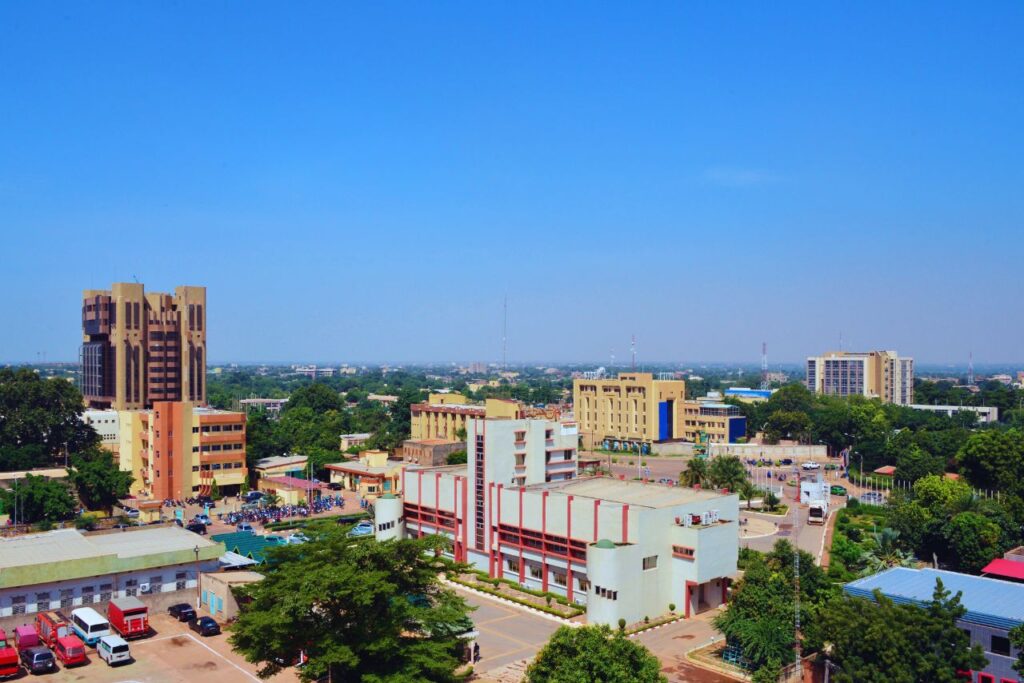
Respect is key.
Burkina Faso is majorly Muslim, but many religions coexist.
Dress modestly, especially outside tourist areas. When visiting sacred sites or traditional ceremonies, ask permission and observe quietly.
If a ceremony is happening, you may be allowed to watch, but follow local cues.
Language: Prior to the January 2024 change, French was the sole official language used in government and business.
Mooré, Bissa, Dyula, Fula, and all other indigenous languages are now official.
Learning a few greeting phrases in Mooré helps you connect.
Hospitality is strong here. A smile, a handshake, and interest in people’s lives go far.
Final Thoughts
Your next great story is not going to find you sitting at home.
It’s waiting out here, in a courtyard filled with laughter, in a melody played on a handmade kora, in the warmth of people who live life fully and honestly.
Ouagadougou offers that kind of story, one that changes the way you see the world.
Go where art is alive, where every song tells history, and where the simplest moments feel extraordinary.
When you return home, you’ll bring more than memories; you’ll carry the heartbeat of a place that still believes in the beauty of being genuine.
Now is the time to visit Ouagadougou.

